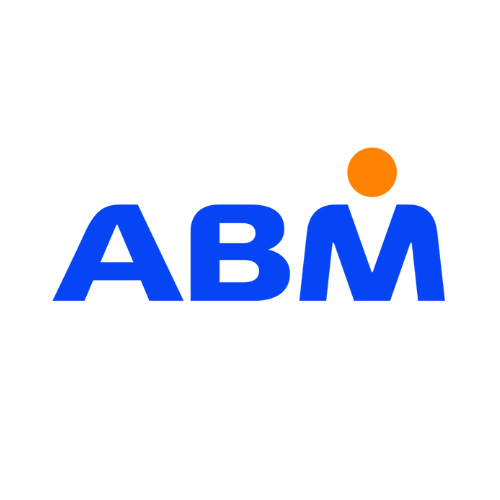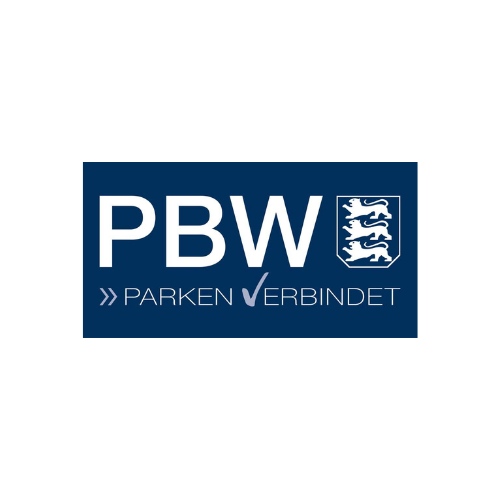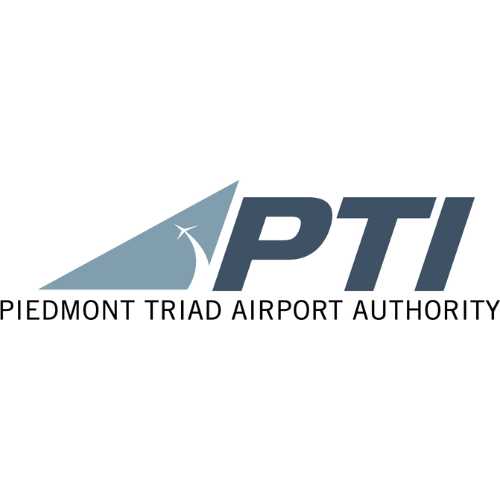Email marketing is as relevant as ever for business in 2019. It is still considered the top-performing channel when compared with social media marketing, search engine optimisation and offline marketing (Econsultancy, 2018), and when it comes to generating leads, it is still the most effective tool.
While airports have many non-business functions, they are in competition with other airports, and with other forms of land transport such as trains, cars and buses. This means it is important for them to develop a business-minded approach to sales and marketing.
Email marketing makes the task of promoting the airport and connecting with customers much more straightforward, and with an average ROI of $38 per every $1 invested, it pays off in terms of revenue too.
It’s all in the timing
Successful campaigns come with various challenges – from creating engaging copy to knowing when to hit ‘send’. If you want your customers and prospects to open and read your email, knowing the best time to send is one of the most important factors.
The best time to send emails is widely documented as being Tuesday at 10am. But is it?
This, of course, depends on the market you are targeting.
If you’re writing B2B emails to people who are likely to be checking their email throughout the day, sending on Saturday will yield the highest open and click-through rates because there will be less competition in the inbox from other business emails.
B2C emails, which will be sent to people who work nine-to-five (those people who most likely don’t read emails outside of the office), are best sent in the middle of the week on Tuesday, Wednesday or Thursday.
There are other parameters, some of which might be obvious:
- Daytime not Night-time: It is usually better to send out email campaigns when your recipients are awake.
- Avoid weekends for B2C emails: Most people will spend their weekends running errands and spending time with friends and family rather than checking and reading emails.
- Avoid Mondays and Fridays: Again, people are unlikely to welcome a full inbox on their first day back from a weekend. Monday emails are more likely to be deleted, and on Friday people are itching to leave for the weekend.
But don’t count on it…
These tips are considered to be best practice across industries, but there are many situations in which they are not relevant.
For example, if the advice is that Tuesday, Wednesday, and Thursday are the best days to send out an email campaign, there is going to be a lot of competition on those days. If you want your email to stand out, Monday or Friday might work better.
And user habits vary across devices too. These traditional guidelines are specific to desktop where a mid-week, mid-day campaign will catch people while they are at work. But mobile users tend to be active in the late evening.
It seems that with disagreement as to whether Tuesday or Thursday receives more clicks, or with the theories that Saturday catches the workaholic businessman, or on Monday your campaign lands in a clearer inbox, there is perhaps no specific ‘best day’.
It becomes obvious that the single most important thing you can do to optimise the timing of an email campaign is to know your audience.
A/B testing your campaigns
The mid-day, mid-week timeframe should work to some extent. But if you really want to optimise campaigns and stand out against the competition, it pays to test.
A/B test your send times to focus in on the perfect time to reach each particular audience, and if your open rates are poor across the board, look to see if other factors might be affecting engagement:
- Are you sending too many emails?
- Do you have a strong subject line? This is what drives people to open the email, so even if your copy is great, if the subject line is weak your message won’t get through.
- Is your message mobile friendly?
If you have a standout subject line, a balanced number of emails and are beautifully optimised for mobile devices, how can you go about testing for send times?
Day of the week test:
Using your integrated CRM and e-marketing system you can test to see how each campaign fares when you send emails on different days of the week. The in-built marketing reports in Rezcomm Engage can be used to consolidate essential marketing data from any channel, giving a top-level overview of all your digital marketing activity in one simple dashboard. These reports will update in real time and report on engagement and revenue as it is earned.
In order to ensure any testing is accurate, make sure to only change one variable at a time. If you send emails on different days with separate subject headings, the strength of the heading will cloud the accuracy of your results.
As you test for days of the week, you could start by scheduling a campaign for Tuesday at 10am. Once you have collected the data from this campaign, check what the open rate is for the email. The average open rate in the Travel industry is 24.96% according to SmartInsights. Knowledge Base sets the open rate for Travel and Tourism at 15.46% with a desktop open rate of 60.34% and a mobile open rate of 51.39%. If your campaign open rate beats industry averages, you might want to keep your initial send day and time.
However, it would pay to complete your testing, sending another batch of emails at a different time to see which results in a better open rate. What’s the best day for you?
Time of day test:
Once you have tested to find the best day, you look at time of day. It’s commonly accepted that the highest open rates occur between around 10am and 11am, but this may differ depending on your content and customer demographic.
While late morning is a good time to send, there are other times of day that might work. According to CoSchedule, an 8pm to midnight send will catch people who check their emails before going to bed, emails sent at 2pm might catch people whose attention is wandering after lunch, and a 6am campaign will target those who read emails first thing in the morning.
When deciding what times to test, think about how a typical day looks for your average subscriber. Knowing how they spend their time and what their priorities are will help to dictate the parameters of your split testing.
You can continue testing different send-times until you are sure you’ve found the perfect fit for your audience.
Consult the industry experts
Because email send-times are so audience specific, they can (and do) differ from one industry to the next. While generalised statistics are helpful and there is the option to do your own testing, it makes sense to look to the industry experts to optimise your email campaigns.
Rezcomm is the partner of choice for airports, putting the company in a unique position to provide business and marketing insights. Airports using Rezcomm’s integrated booking and CRM systems send e-marketing campaigns to extensive mailing lists every month. As a result, the Rezcomm team has a detailed knowledge of customer engagement patterns specific to airport e-marketing.
The team has analysed the available data to pinpoint the best time to send airport email marketing campaigns. The send-time recommendations are weighted towards subscribers who engage actively with marketing messages, meaning that recommended times aren’t determined by those recipients who do not engage with email marketing.
The analysis uses a click-to-send ratio to account for timeslots that have a higher than normal rate of sending. This is to ensure accurate results: If the ratings looked at clicks only, a timeslot might show a strong engagement when in reality it simply represented a spike in users sending campaigns.
The Results!
The results of Rezcomm’s report have been split into two categories. The first looks at email engagement by location. The infographic below shows clear behavioural differences between locations in the UK and Europe. For example, Monday at 7am is a good time to catch people in Europe, but Monday evenings are better across the UK, with optimal times between 5pm and 7pm.
The same rule seems to apply throughout the week, with mid-afternoon and early evening times dominating the statistics for the UK and morning times preferred in Europe. The only exceptions seem to be Saturday, where mornings between 7am and 9am are favoured in the UK, and Sunday where some UK locations respond best to emails between 9am and 11am. Proving another exception to the time-honoured rule of Tuesday at 10am, Europeans prefer their Tuesday emails at 4pm.

The second set of figures shows best email send-times by airport pax. The size of the airport operation creates a difference in demographic that can be significant. However, one thing is certain, the ‘golden rule of e-marketing’, the Tuesday at 10am email is redundant across the board. Again, 4pm to 5pm sends achieve the best results on a Tuesday and mid to late afternoon/early evening campaigns do better than morning emails on weekdays. Saturdays show that people often check email at 8am or 9am, before perhaps heading out for the day, but airports which serve between 2 million and 5 million people should be emailing their customers at 5pm on a Saturday.

When addressing the core function of email marketing – to communicate relevant information to the right person at the right time – timing is fundamental to success.
But despite the advice that any particular day or time guarantees a higher click-through rate, there is no one-size-fits-all approach. Every industry is different, every brand is different, and every location is as different as the individual customers that make up the demographic.
And while Rezcomm’s recommendations are accurate at the time of writing, because new data is processed constantly, these recommendations will change and evolve over time. Put yourself in the driver’s seat: Use the expertise built up by the Rezcomm team and consult with the experts for the best send times for your airport. Ultimately, as well as getting subscribers to open your emails, optimising your open and click-through rates will translate into converting the highest percentage of subscribers into loyal customers.
If you would like to know more about Rezcomm’s integrated booking, e-marketing and CRM systems, or of you would like support with your airport’s email marketing strategy, contact the team today.




























